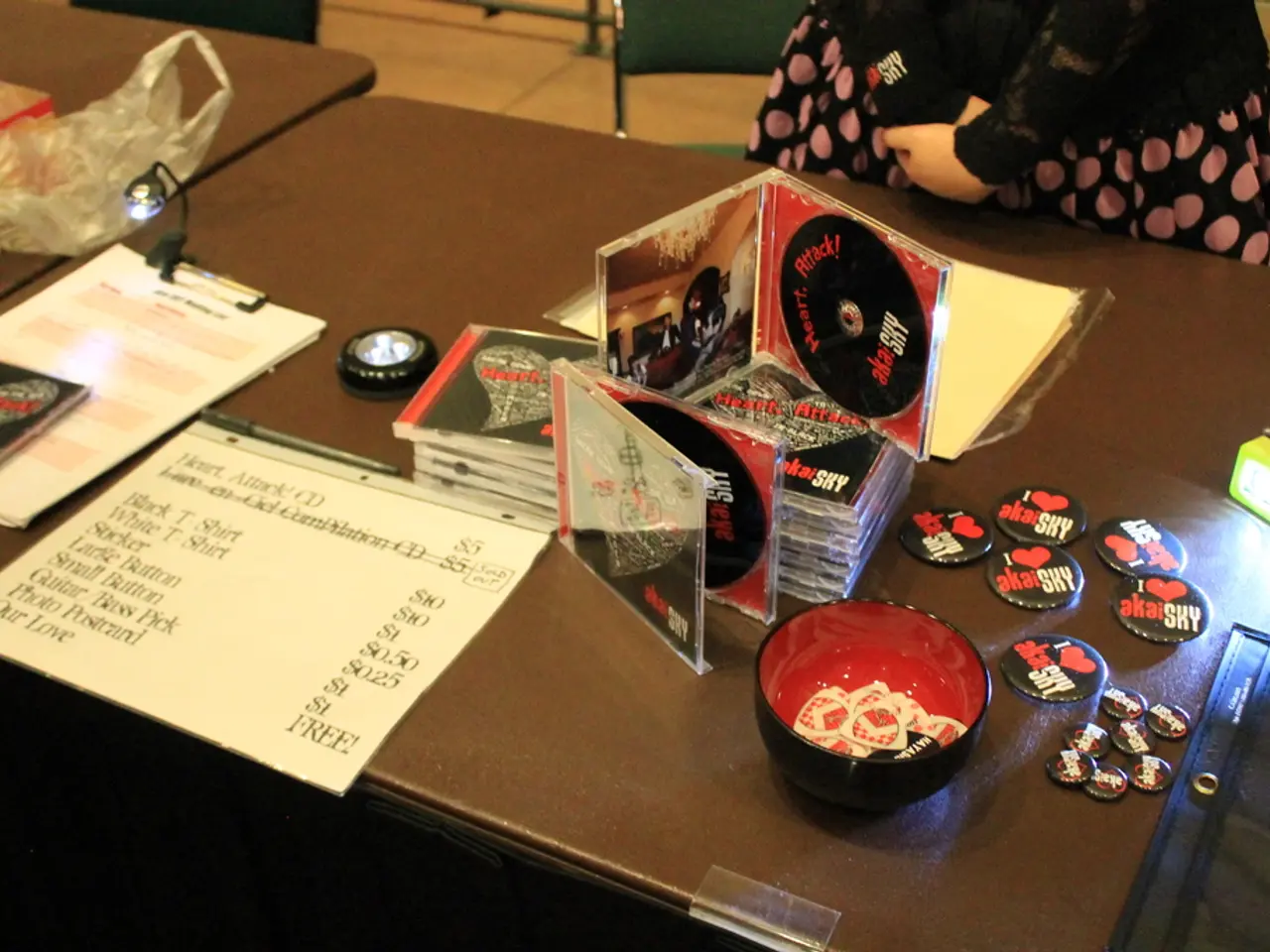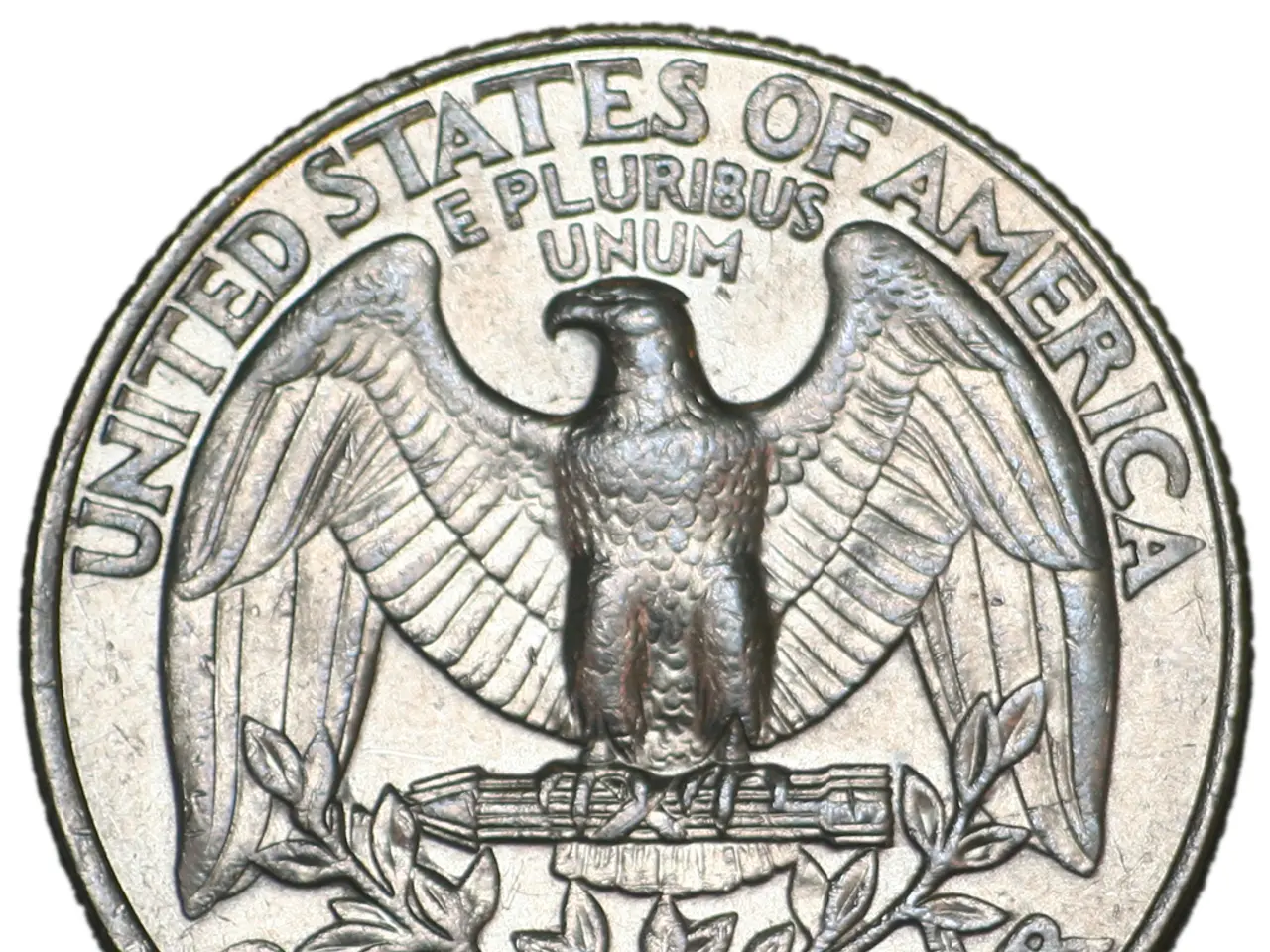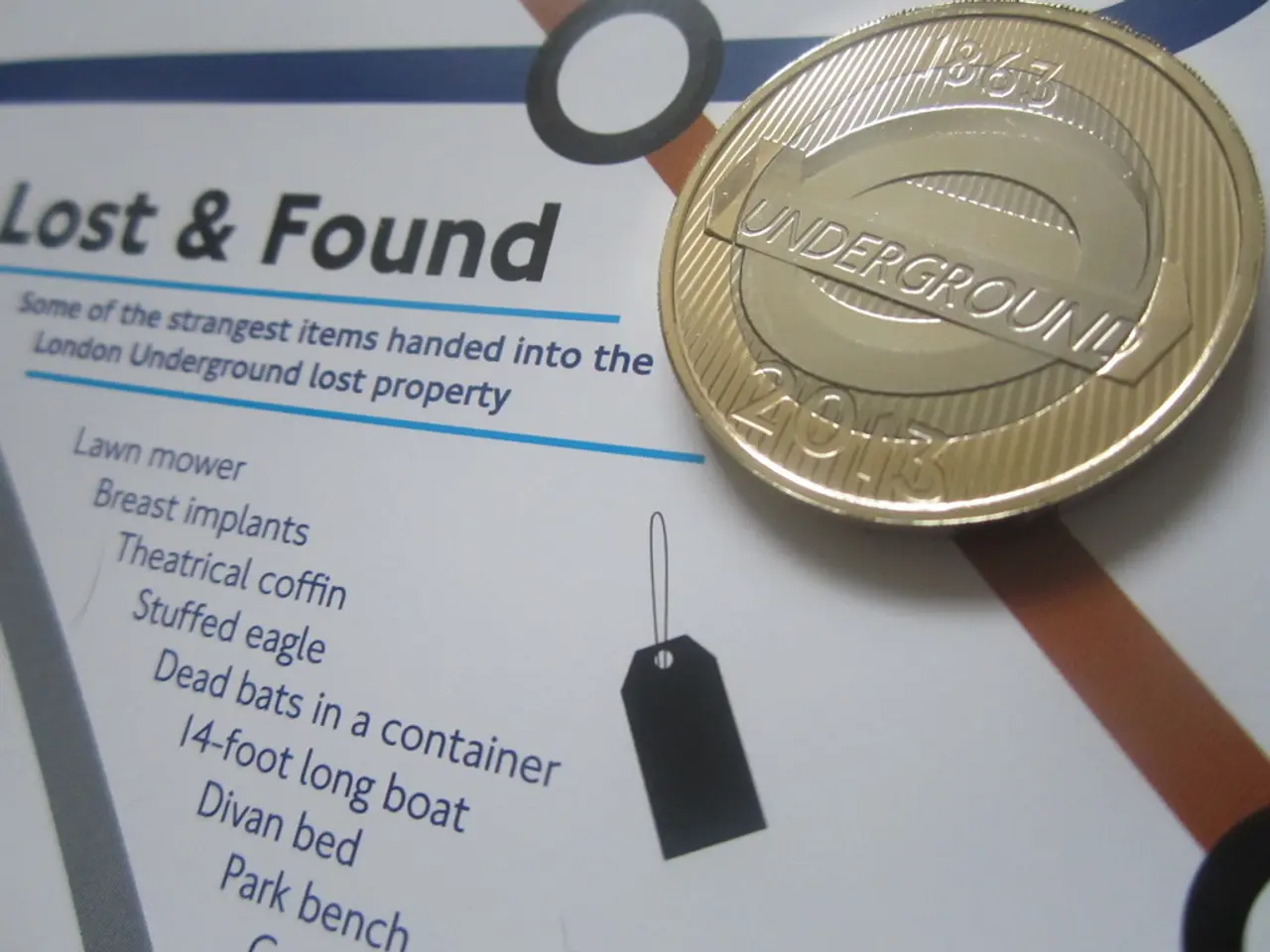Russia intensifies drone attacks, employing covert Chinese engines labeled as cooling components
In a covert operation to bypass Western sanctions, Chinese-made engines are being shipped to a Russian drone manufacturer under the guise of "industrial refrigeration units" or "cooling units." This scheme allows Russia’s state-owned weapons-maker IEMZ Kupol to significantly increase production of the Garpiya-A1 attack drones.
According to reports, these components originate from a Chinese supplier named Xichao and are sent to a Russian front company, SMP-138, then forwarded to LIBSS, another Russian firm. LIBSS supplies these engines to Kupol with shipping documents that deliberately misclassify the goods as cooling equipment to evade detection by Chinese authorities and Western sanction enforcers.
The delivery route is from Beijing to Moscow and onward to Izhevsk, where Kupol manufactures the Garpiya drones. These drones, partly based on Iranian Shahed designs but incorporating Chinese technology, are used by Russia to conduct strikes deep inside Ukrainian territory, with about 500 drones deployed monthly.
Despite the covert nature, China’s foreign ministry denies any knowledge of improper exports and states it complies with Chinese and international laws regarding dual-use goods. However, this method is part of a broader pattern where China, including Hong Kong, facilitates around 80% of sanction circumvention for Russia’s drone supply chain by disguising military components as civilian items.
The US and European Union imposed sanctions on several Chinese companies, including Xiamen Limbach, in response to the export of drone parts. European officials told Reuters that they were urging China to tighten export and financial controls to stem the flow of drone parts to Moscow. This information is based on documents reviewed by Reuters and three European security officials.
European Commission President Ursula von der Leyen will meet Chinese President Xi Jinping and Premier Li Qiang this week amid growing European concerns about Beijing's indirect support for Russia's military through the supply of dual-use technology. Kupol has been under EU sanctions since December 2022 and US sanctions since December 2023 for supporting Russia's defense industry. The ministry criticized "unilateral sanctions" that were not backed by the United Nations.
According to a Kupol document, the company has a contract with the Russian defense ministry to deliver over 6,000 Garpiya drones in 2025, up from 2,000 in 2024. More than 1,500 Garpiya drones have already been delivered by April. Production of the Garpiya drone's engines continued using alternative Chinese suppliers despite the sanctions.
[1] Reuters, "Exclusive: China secretly ships engines to Russian drone maker to evade sanctions - sources," 2023. [2] Reuters, "China denies knowledge of parts being exported for Russian drone," 2023. [3] Reuters, "China facilitates 80% of Russian drone supply chain's sanction evasion - sources," 2023. [4] Reuters, "European officials urge China to tighten controls on drone parts exports to Russia," 2023.
- The covert operation involves shipping Chinese-made engines, disguised as "industrial refrigeration units" or "cooling units," to Russian drone manufacturers, thereby contributing to the increase in production of attack drones like the Garpiya-A1.
- This scheme is part of a broader pattern where China facilitates around 80% of sanction circumvention for Russia’s drone supply chain, with components being disguised as civilian items.
- The aerospace industry, specifically China's Xichao supplier and Russian front companies like SMP-138 and LIBSS, plays a significant role in this sanction evasion, supplying parts for Russian drones like the Garpiya-A1.
- The finance industry, particularly the Chinese ministry's responses, has been criticized for not adequately addressing the issue of dual-use technology exports, as they allegedly continue to bypass international sanctions.




